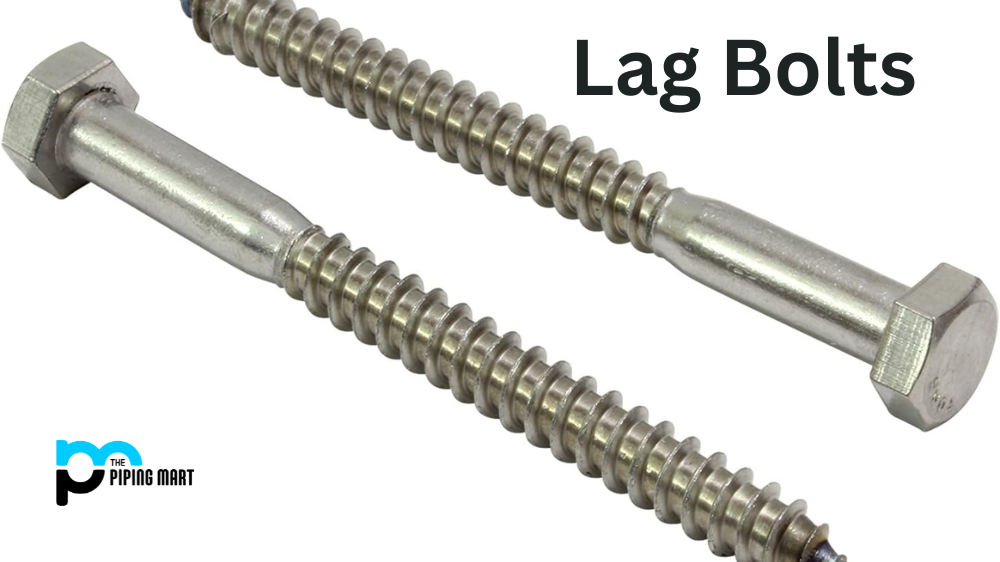Choosing the right material is critical for the success of any project, particularly in the engineering field, where precision and excellence are essential requirements to ensure the safety and longevity of structures. Most engineers rely on specific standards and technical specifications when selecting the appropriate material for equipment and machinery in harsh environments. The ASTM A182 material series is a widely-used specification that includes various grades of stainless steel for different purposes. This blog post will discuss the two steps of ASTM A182, F53 and F55 and their key differences.
ASTM A182 F53
ASTM A182 F53 is a duplex stainless steel grade with excellent strength and corrosion resistance properties. This material combines austenite and ferrite microstructures, offering superior resistance to pitting, crevice corrosion, and stress corrosion cracking, especially in chloride-rich environments. F53 grade is known for its high corrosion resistance even in highly acidic, alkaline, and chloride-rich environments. Moreover, it also offers excellent mechanical properties, including increased tensile strength, good fatigue resistance, and flexibility.
ASTM A182 F55
On the other hand, ASTM A182 F55 is a super duplex stainless steel grade that comprises a higher concentration of chromium, molybdenum, and nitrogen than F53. This alloy is designed to improve chloride pitting and crevice corrosion resistance and has excellent corrosion resistance in various corrosive media such as acidic, alkaline, and chloride solutions. F55 is also known for its superior mechanical properties, including high fatigue strength and excellent toughness, making it an ideal choice for high-stress applications.
Differences ASTM A182 F53 and F55
Chemical Composition
The main difference between ASTM A182 F53 and F55 is the chemical composition. ASTM A182 F53 is a stainless steel that contains 14% chromium, 3% molybdenum, and 2% nickel. ASTM A182 F55, on the other hand, is a stainless steel that contains 12% chromium, 4% molybdenum, and 3% nickel.
Tensile Strength
Another difference between ASTM A182 F53 and F55 is the tensile strength. The tensile strength of ASTM A182 F53 is 860 MPa, while the tensile strength of ASTM A182 F55 is 930 MPa. This means that ASTM A182 F55 has a higher tensile strength than ASTM A182 F53.
Yield Strength
ASTM A182 F53 has a yield strength of 550 MPa, while ASTM A182 F55 has a yield strength of 690 MPa. This means that ASTM A182 F55 has a higher yield strength than ASTM A182 F53.
Elongation at Break
The elongation at the break of ASTM A182 F53 is 30%, while the extension at the crack of ASTM A182 F55 is 35%. This means that ASTM A182 F55 has a higher elongation at break than ASTM A182 F53.
Cost
When comparing these two grades of ASTM A182, F53 has a lower cost than F55 due to its lower chromium and molybdenum content. F53 also has relatively lower strength and resistance to corrosion in acidic and chloride-rich environments than F55. On the other hand, F55 offers higher resistance to pitting, crevice corrosion, and stress corrosion cracking, which makes it an ideal material for applications in highly corrosive environments.
Applications
F53 and F55 grades of ASTM A182 have various applications in different industries. F53 is commonly used in chemical processing, the oil and gas industry, and marine applications where corrosive environments exist. At the same time, F55 is ideal for high-performance applications such as offshore and shipbuilding, chemical processing, and power generation.
Conclusion
In summary, choosing a suitable material always involves evaluating a specific application’s requirements, including the working environment, physical properties, and mechanical properties. ASTM A182 F53 and F55 are excellent stainless steel options, but their different compositions and properties make them suitable for other applications. F53 is more cost-effective, while F55 is ideal for high-stress and harsh environments. Understanding these two grades’ key differences will provide engineers and professionals with valuable insight into which one to choose for their project, ensuring the success and safety of their structures.

Pipingmart is a B2B portal that specializes in metal, industrial and piping items. Additionally, we share the latest information and information about materials, products and various types of grades to assist businesses that are involved in this business.




